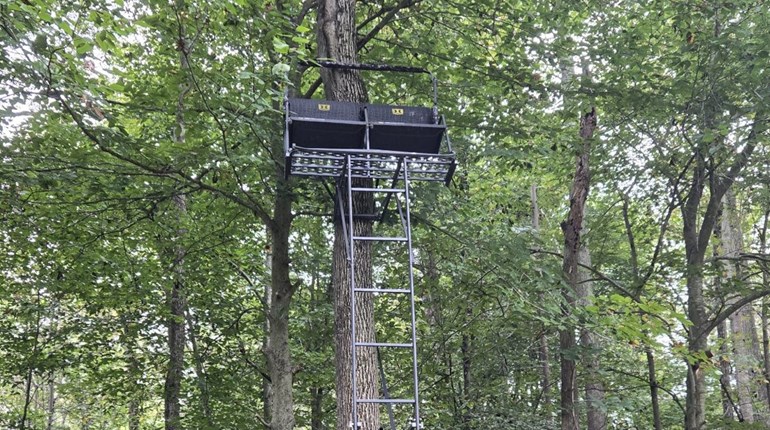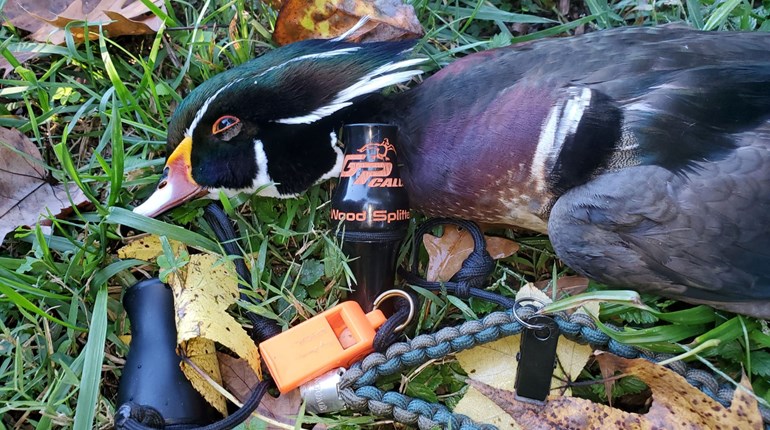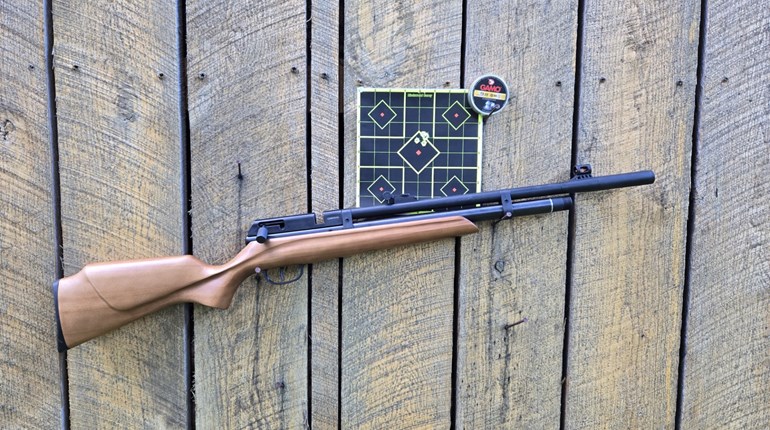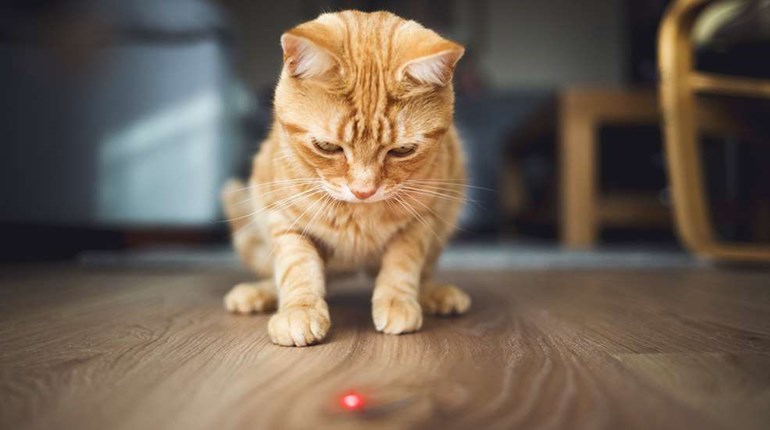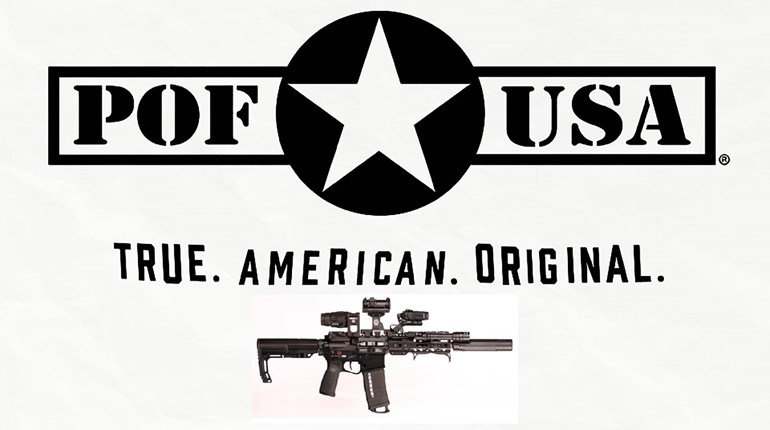
1. Wildlife ID Contest
If you have a trip on the calendar such as a hike, a visit to a park or anywhere outdoors, see how many animals or plants your kids can accurately identify. Teenagers can use field guides to help them with a little instruction on how to use them. This is an important skill that I actually teach to my Life Science students and sometimes my outdoor club kids. (The key is to forbid search engines like Google while the kids are doing their identification.)
Take binoculars to help the identification process out if you are looking at wildlife. The contest can be expanded to include IDing animal tracks (field guides are great for this). If your desire is to include animal tracks, take a walk or hike near water where mud is present to find more tracks. Insects can also be fair game if you wish. Have the kids write down what they find and verify they are correct in their ID.
2. Shooting Drills
Want to have some fun and teach kids some great hand-eye coordination, as well as how to adapt to various hunting or shooting tools? How about setting up a safe shooting course for kids one morning or evening when the sun is not high in the sky?
Start with a station with a few cans and a slingshot. See how many cans they can knock over with the slingshot after 10 shots. Then move to station two and a lever-action BB gun such as the Daisy Red Ryder … maybe five cans and five shots. A third station can be a kids’ archery station with a 3D target. A half dozen arrows can be fired at the target.
If you have a big backyard with a safe backstop, and live in an area in which outdoor shooting is legal, a possible fourth station would be a rimfire (.22 or .17HMR) station. I'd suggest targets such as clays on a board, a ShootNC target, something tiny like an empty shotgun shell or even some soda cans.
A fifth station could be a shotgun clays station with a dozen shots at clays. Parents can of course modify this for the ages of the kids competing. Keep track of hits and misses at each station and tally it all up. Feel free to compete with them, but handicap yourself and count your misses twice!
3. Gun ID Games
If you want to do something educational, you can take a trip to your favorite gun shop and make a bet with your kids that the one who can ID the most type actions (or even the actual gun if your kids are older and able) of a variety of guns in the gun shop gets a box of ammo for their favorite gun to shoot on your dime! Again, this game can be modified to fit the young person being challenged.
Another version of this game could be for the young person to point out the various main parts of various guns. For example: safety, muzzle, bolt, lower receiver, upper receiver, magazine, chamber, stock, grip, forearm, butt plate, sights, sling, etc… The kid that names the most parts correctly wins!
4. Gun Cleaning Tutorial
This activity is less about competition and more about learning and being proud of your knowledge. Many kids are happy to get some “hands on” time with firearms. Obviously, they love to shoot firearms, but it may be time that they learn how to properly care for firearms.
Start with a simple firearm, likely one they shoot such as a .22 bolt action or pump shotgun. Show your kids how to break down or field strip the gun AFTER demonstrating how to check and recheck that the firearm is unloaded. Then show them the proper way to clean the firearm. Last, show them how to reassemble the firearm and then have them break it down and put it back together.
This is a great time to review gun safety, storage and use of proper ammo that matches the firearm. (Such as the warning against mixing 20-gauge and 12-gauge ammo-–the 20-gauge shell can slide down the tube of the 12 and lodge, creating a dangerous condition.)
You can demonstrate the proper torque of screws while using the proper driver or wrench that fits, and choosing the proper oils and solvents for the job. The next time you allow some target practice to take place, end it with a good firearms cleaning session. This is particularly true if the kids are teenagers.
Another educational activity could be to show a young person how to properly mount and sight-in a scope. A decent airgun or rimfire rifle would be a great place to start, particularly if this firearm is a gift to them. Check to ensure the firearm is unloaded and then go through the procedures to get the correct eye relief, proper torque and sequence of doing so for the mounts, etc.
If the young person is old enough, explain parallax to them and discuss field of view and magnification power too. Once the scope is mounted properly, have them begin sighting-in under your tutelage and explain trajectory and so on. This is a great activity for teenagers!














